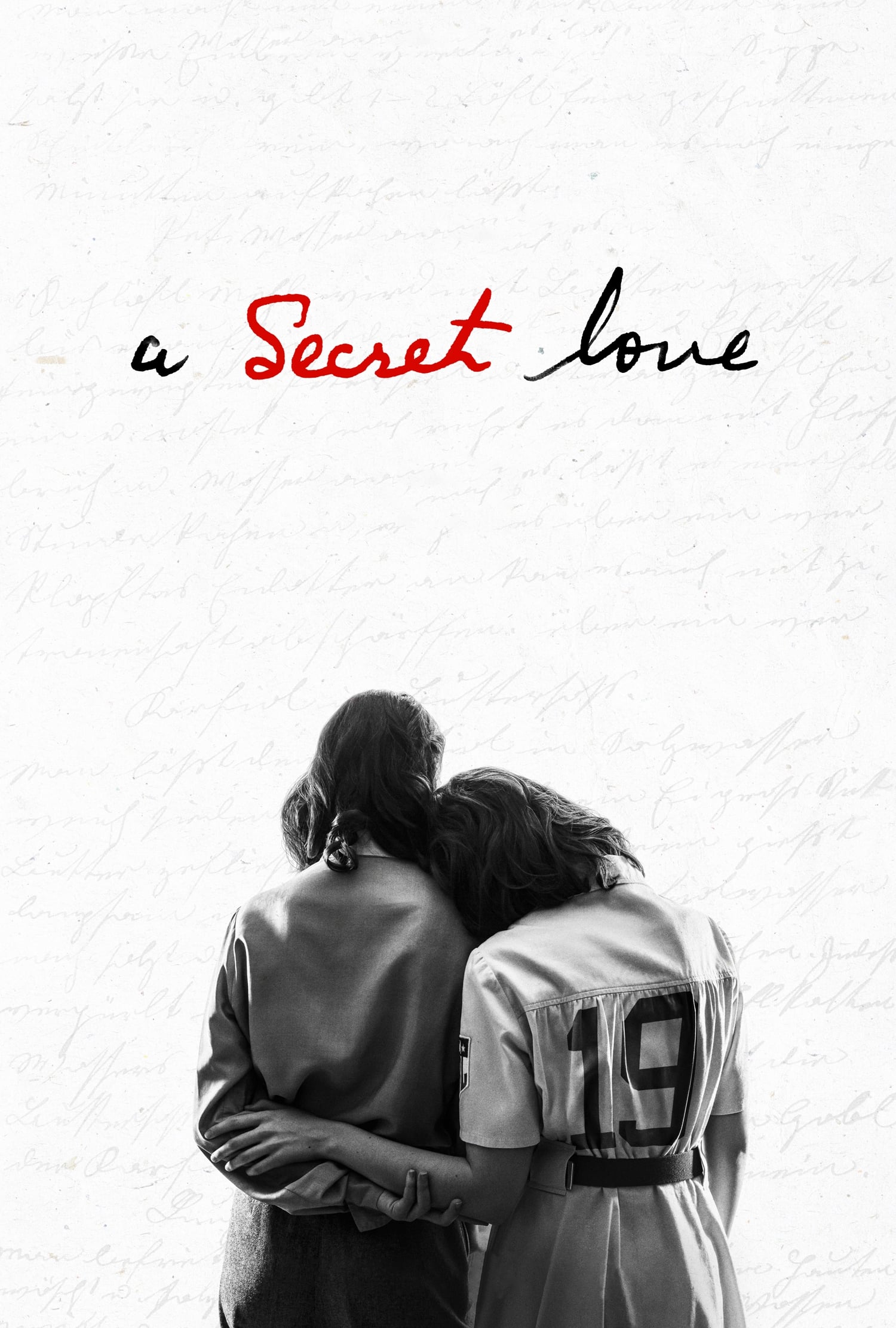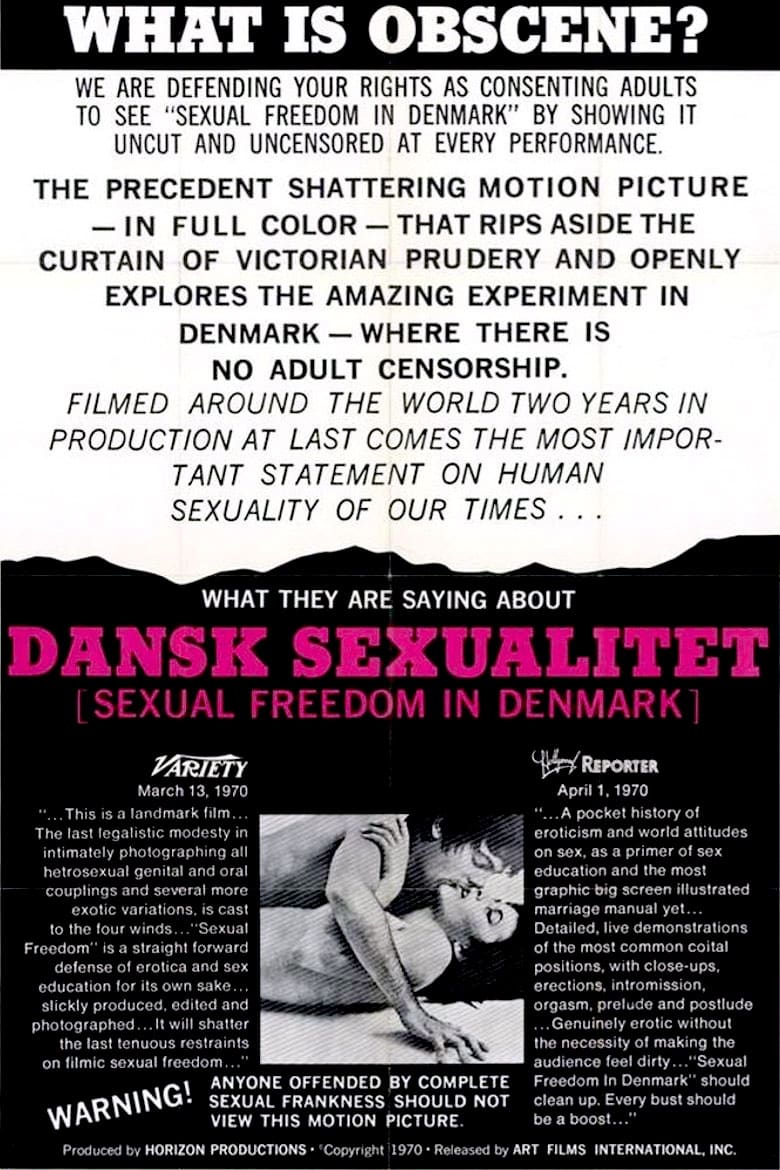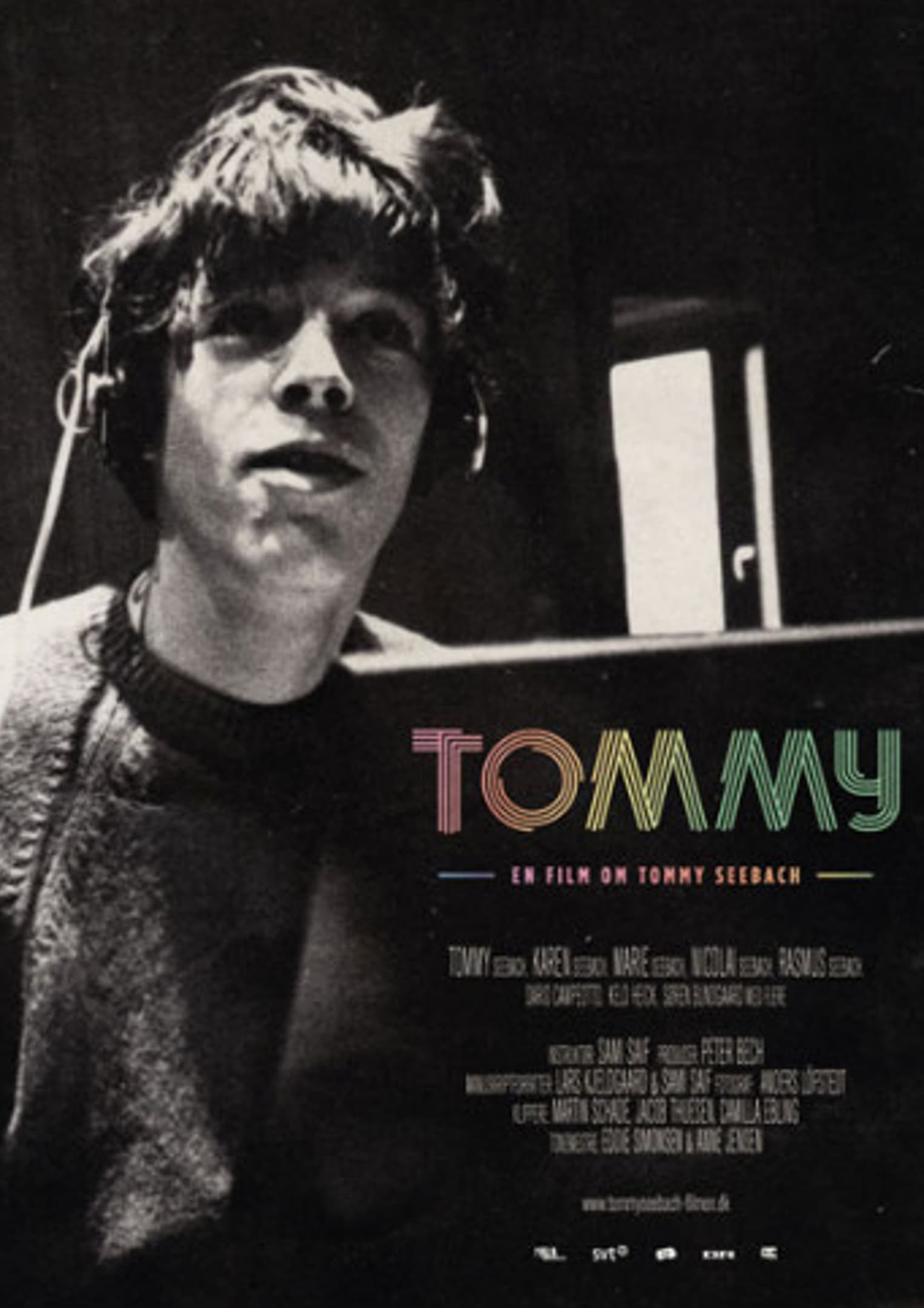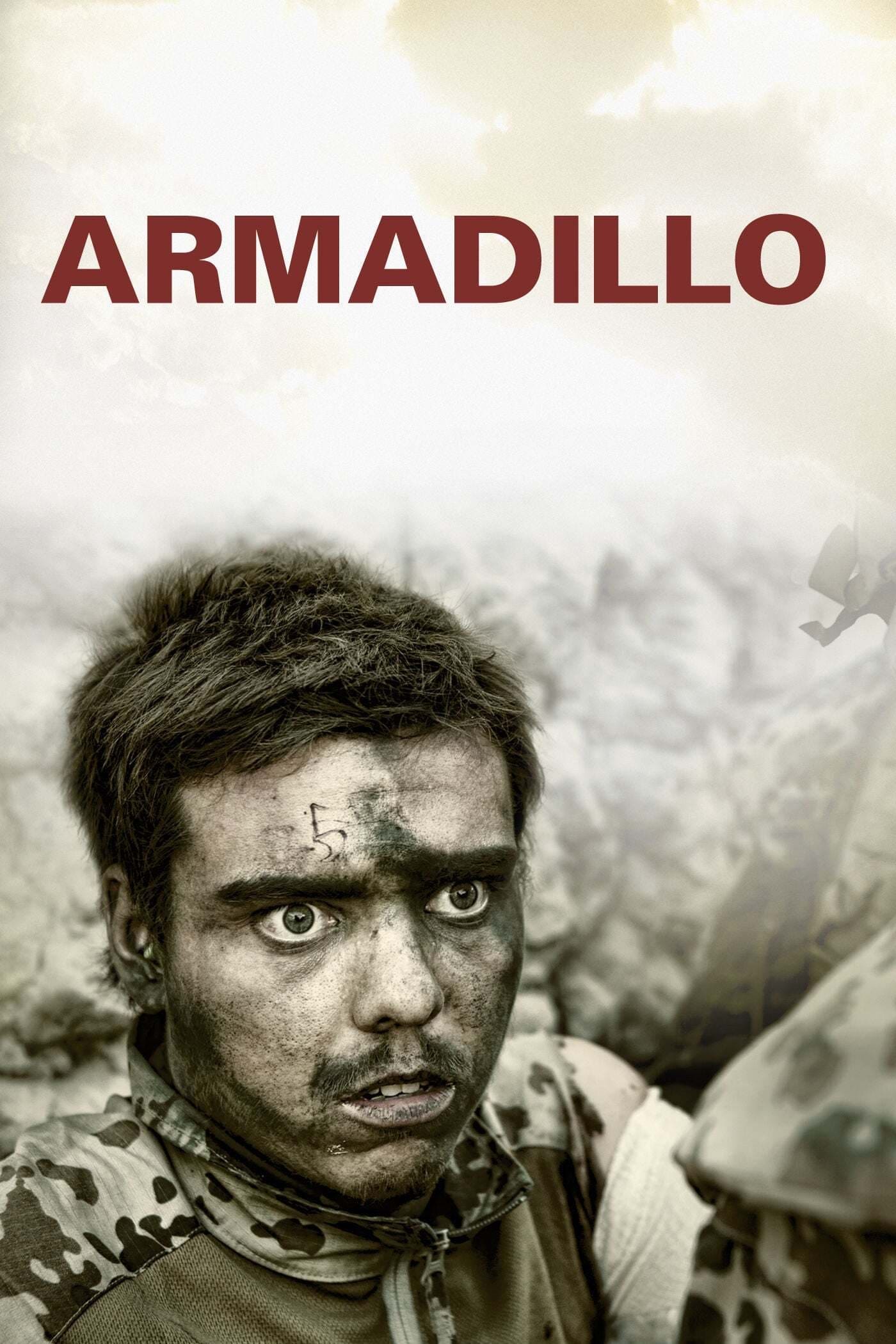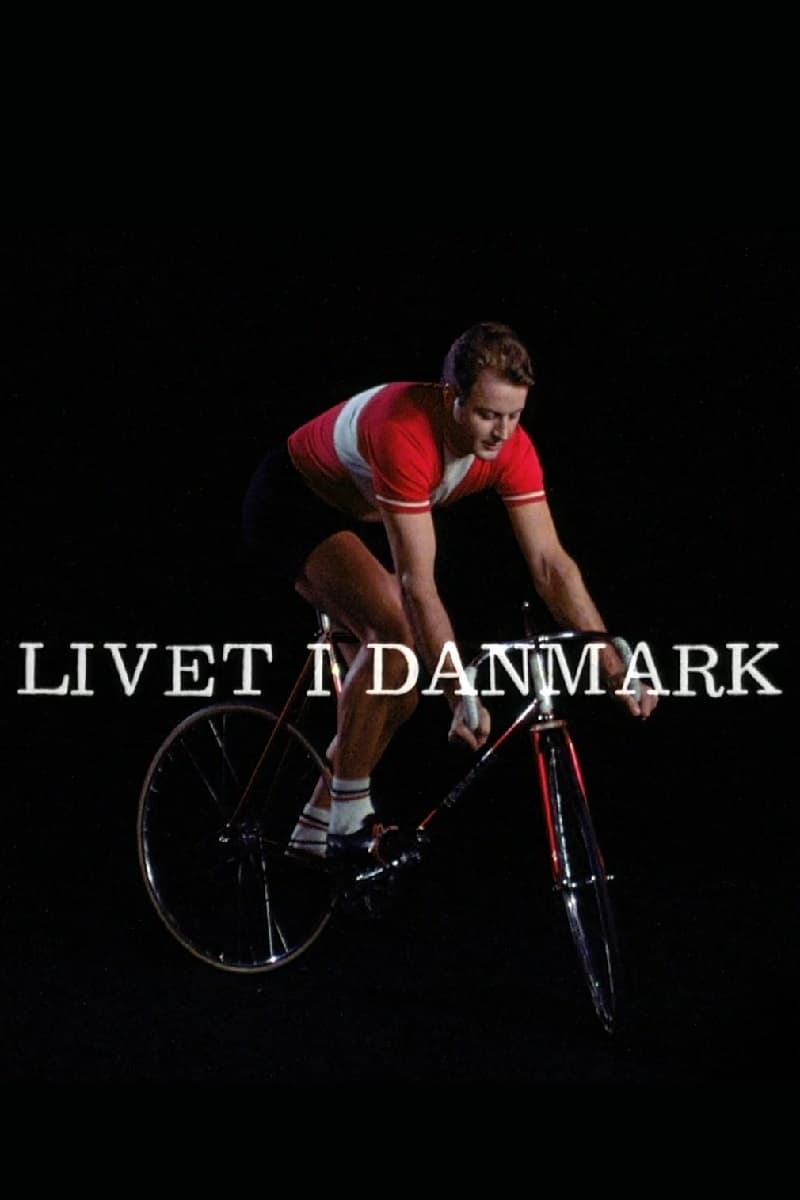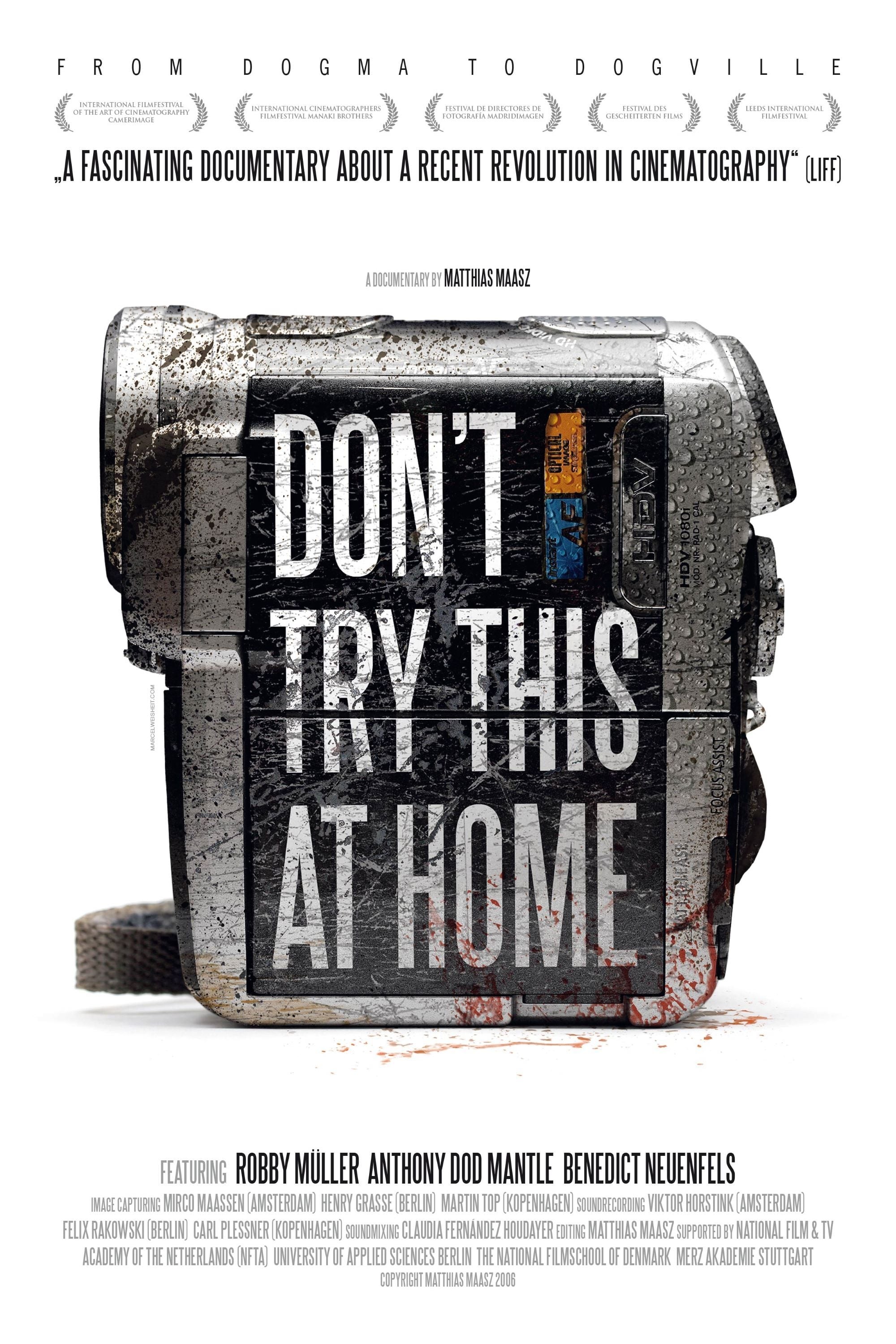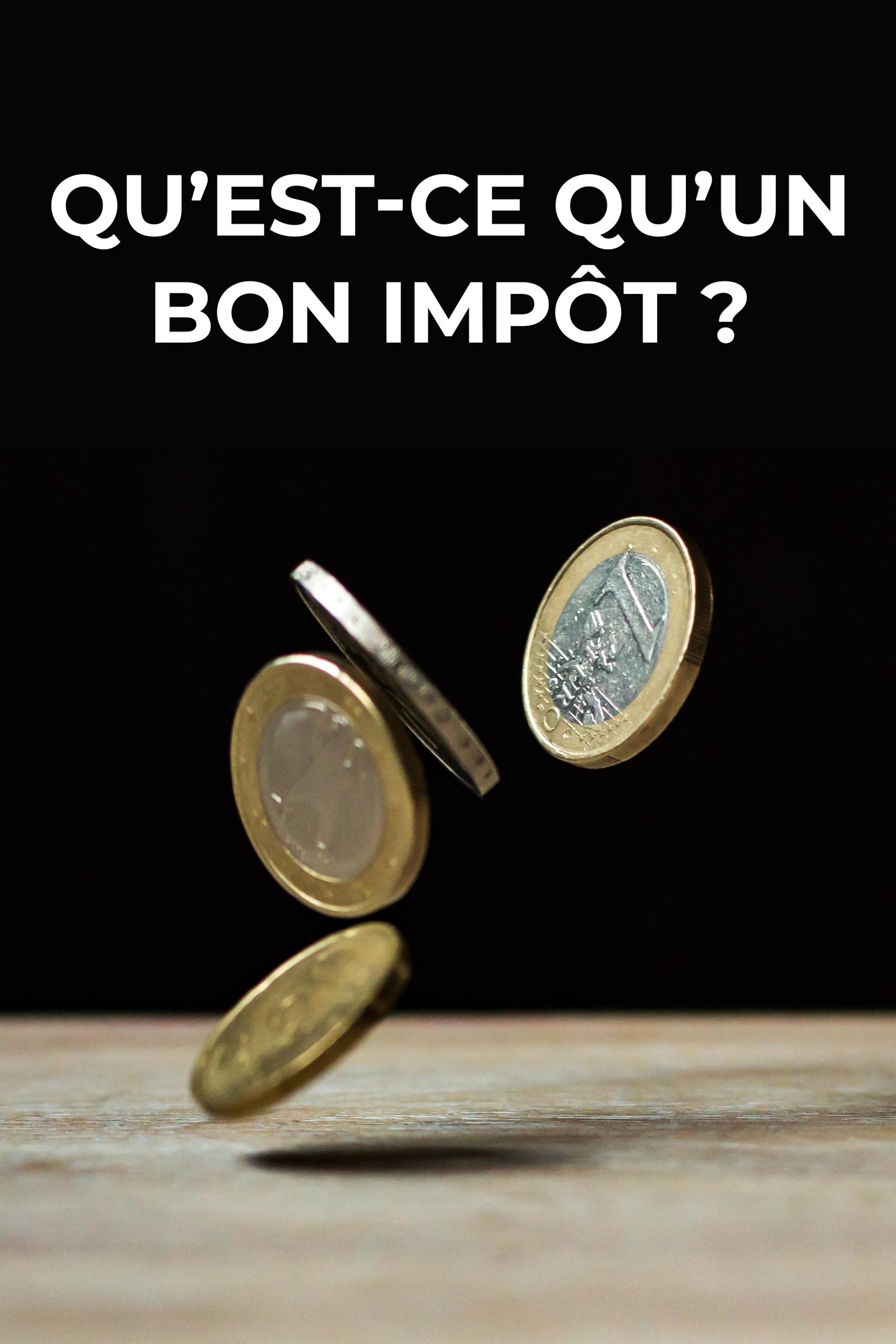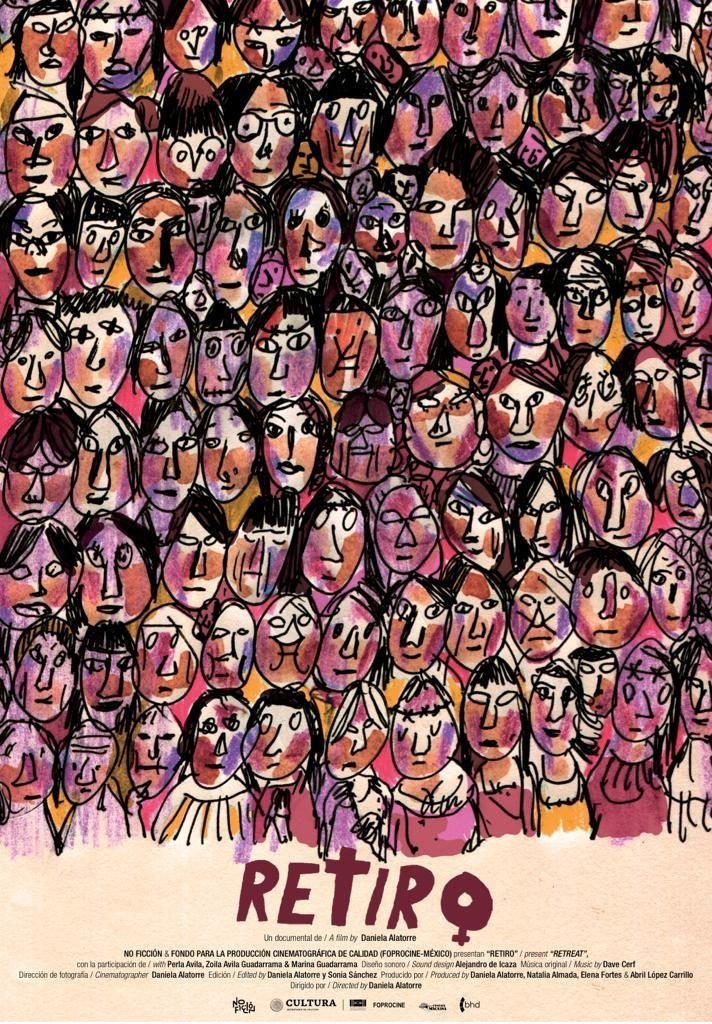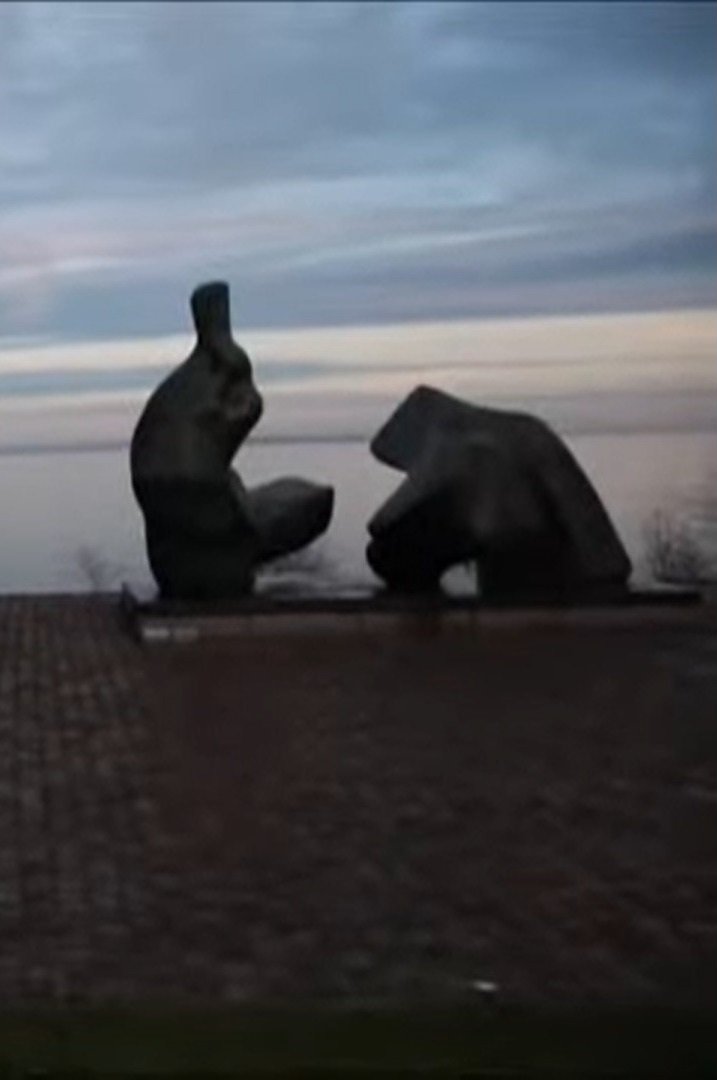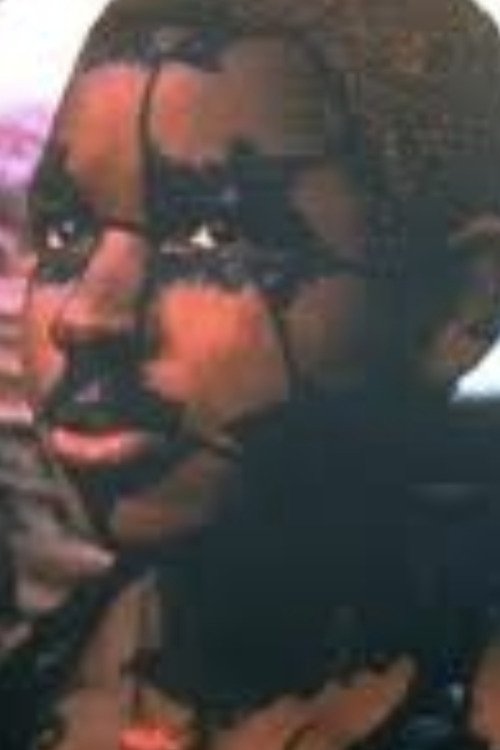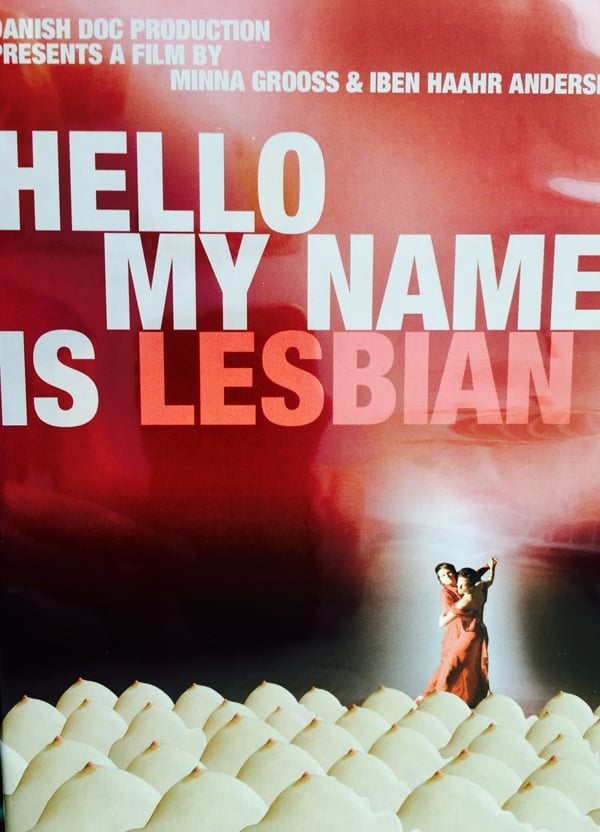
Hello, My Name Is Lesbian (2009)
Overview
Hello, My Name Is Lesbian shows modern lesbian lifestyle and culture in all it’s diversity as it is lived in one of the most sexually liberated countries in the world. Set against historic footage from the last five decades, women aging from 19 to 84, share their views on sex, family gatherings, parental roles, night life and careers: every facet of the lives we lead, viewed through the eyes of women who have chosen identities departing from the norm.
Production Companies
Additional Info
| Budget | $0.00 |
|---|---|
| Revenue | $0.00 |
| Original Language | da |
| Popularity | 0.1649 |
Directed By
Iben Haahr Anderssen
Minna Groos
TOP CAST
Similar Movies
A Secret Love
Amid shifting times, two women kept their decades-long love a secret. But coming out later in life comes with its own set of challenges.
Sexual Freedom in Denmark
Starting as a documentary on the sexually liberated culture of late-Sixties Denmark, Sexual Freedom in Denmark winds up incorporating major elements of the marriage manual form and even manages to squeeze in a montage of beaver loops and erotic art. All narrated with earnest pronouncements concerning the social and psychological benefits of sexual liberation, the movie, is a kind of mondo film dotted with occasional glimpses of actual sex.
In Service of the Nation
A story about acts of terrorism that have impacted Denmark over the past 30 years—from the bombings in Copenhagen in 1985 to the attacks at Krudttønden and the Synagogue in 2015. A story told by the officials and politicians who bore the responsibility for the safety of the Danish population in the most critical moments. How did they react when terror came to the country?
Tommy
Tommy Seebach Mortensen; or just Tommy Seebach to the whole nation; were born in Copenhagen in 1949 and passed away far too early in 2003. "Tommy" received four stars out of six by Politiken,[6] Berlingske Tidende[7] and Ekstra Bladet;[8] B.T. awarded it six stars out of six.[9] Dagbladet Information described it as "... a story of an artist who became a victim of the musical genre which he himself had helped innovate, and who, instead of gaining the broad recognition he had longed for his entire life, ended up with a status somewhere in between national heritage and kitsch clown..."[10] Politiken called the film "worthy, worth seeing and moving", Ekstra Bladet "a moving portrait of a man caught between the music, his family and the bottle".
The Raven and the Seagull
The relationship between Greenland and Denmark is full of fantasy and myths. And these are exactly what Danish artist Lasse Lau reflects upon – and in turn documents – in his first feature-length film. But how do you give a form to the Greenlandic experience when you are an outsider yourself? Lau has created a sensitive film about authenticity and recreation by letting both elements become a part of the work, together with his performers. But also by watching and listening intently. The colonial history is entrenched in both Greenland's infinitely beautiful landscapes and in the collective consciousness. But so is the willingness to break with it and look ahead with a new political self-awareness. 'Lykkelænder' is the result of a long-term research project, but talks about its extremely complex topics in a way that grounds the postcolonial perspective in a recognisable life experience. It does so with both a sense of humour and with emphasis.
The monk
When Danish filmmakers Mira Jargil and Christian Sønderby Jepsen try to find balance in their stressful lives, they seek guidance from a renowned Danish HIV researcher turned monk deep in the mountains of Sri Lanka. But their filming process goes differently than expected. When they hear that the renowned Danish doctor and HIV scientist Jan Erik Hansen has burned all boats to live as a Buddhist monk on a mountain in Sri Lanka, the two Danish documentary makers Mira Jargil and Christian Sønderby Jepsen decide to make a film about him. to make. Jan Erik Hansen, as monk Bhante, has become an important voice in the Buddhist community. He has a YouTube channel with many followers, and people from all over the world ask him their life questions. The film project ends unexpectedly when the monk and the filmmakers appear to have different ideas about the film.
Life in Denmark
The intention of the film is to give an impression of what small exotic Denmark looks like, what the strange Danes look like and how they are. Nearly 100 Danes are presented in the film, amongst them a racing cyclist, a Minister of Finance, a popular actor and 13 unmarried women from a provincial town. "There is too much fogginess and rain and melancholy in most of the pictures of Denmark," says Jørgen Leth. "But not in my film. I would like to show you some authentic, clear and beautiful pictures from this strange country."
Chained Girls
This exploitation classic purports to expose the secrets of the 1960s lesbian underworld.
From Dogma to Dogville: Don't Try This at Home
A documentary with the three cinematographers known for breaking away cinema away from celluloid with the introduction of digital video.
Næste Gang er det dig
The cause of the traffic accident should not be sought at the time of the accident itself, but long before. The motorist who has been drinking a little. The cyclist who is busy and the motorcyclist who drives correctly but still falls victim to an accident due to the ruthlessness of others.
What Is a Good Tax?
Too high, misused, unfair... a large part of the French and Europeans criticize taxes. From tax-rascal to tax revolt, the movement of yellow vests in France has returned to the center of attention the question of consent to tax. How to explain a different resistance to taxes from one country to another without tax pressure being an explanation? Is there a "good" tax? Jean Quatremer takes us on a journey to the tax center across Europe, to meet those who pay it, those who decide it, those who study it... or those who allow to avoid it.
Monday's Girls
"Monday's Girls" explores the conflict between modern individualism and traditional communities in today's Africa through the eyes of two young Waikiriki women from the Niger delta. Although both come from leading families in the same large island town, Florence looks at the iria women's initiation ceremony as an honor, while Azikiwe, who has lived in the city for ten years, sees it as an indignity.
